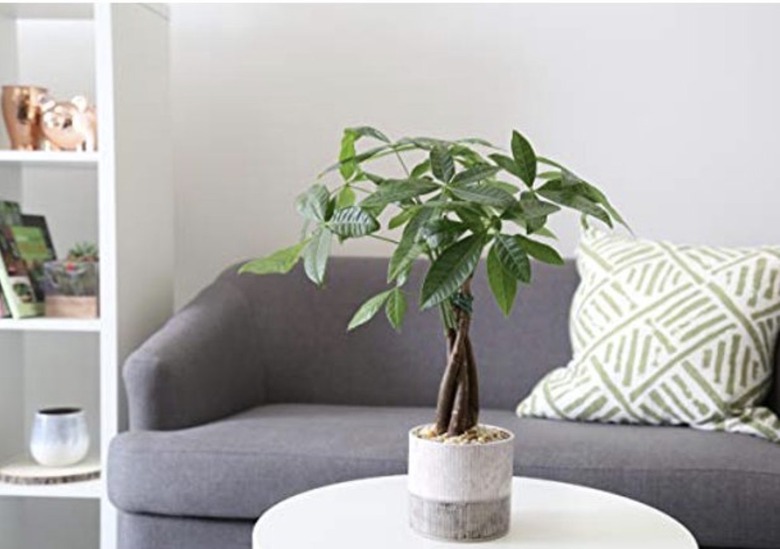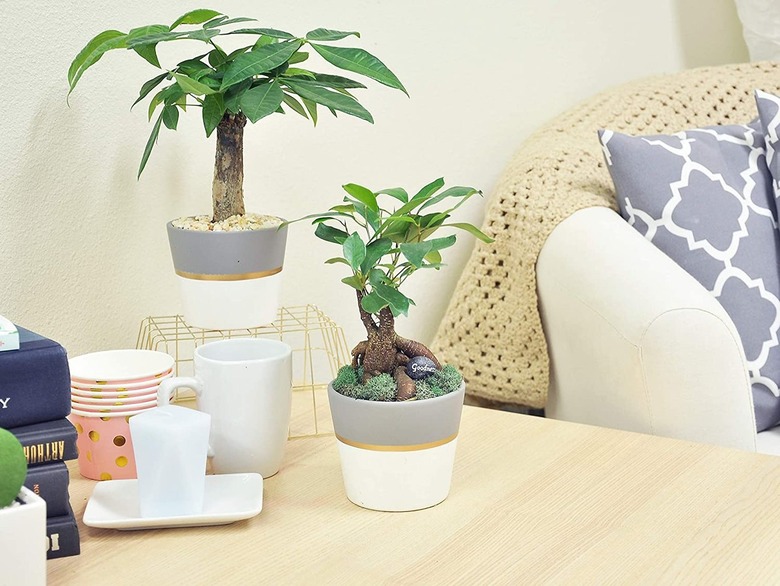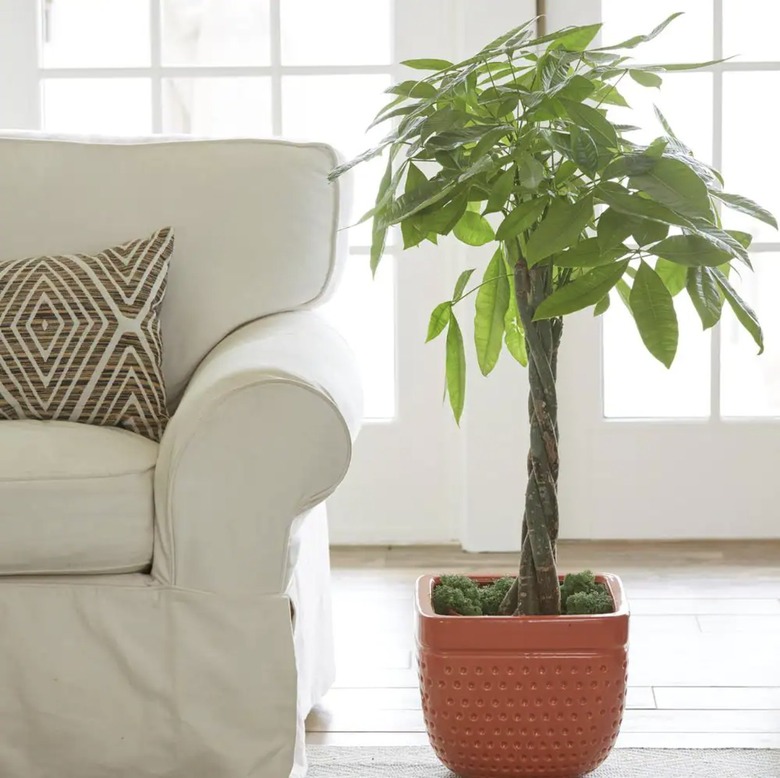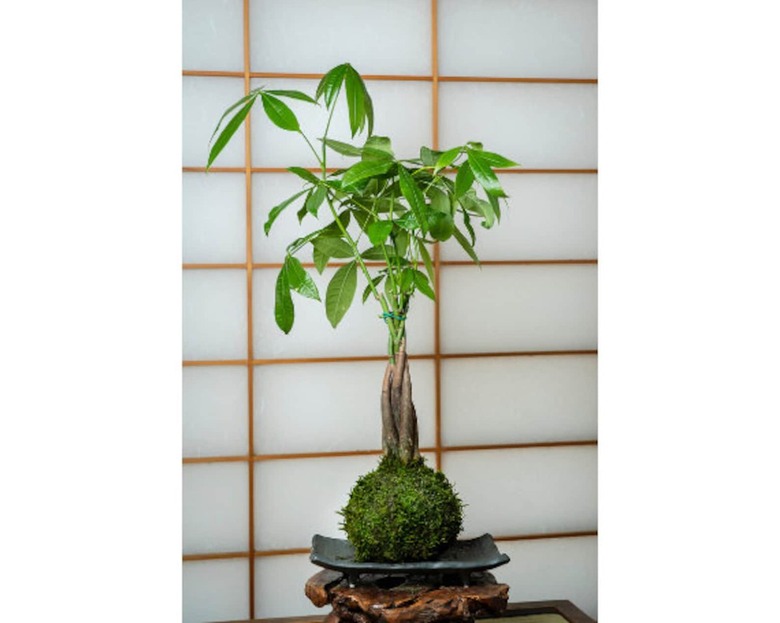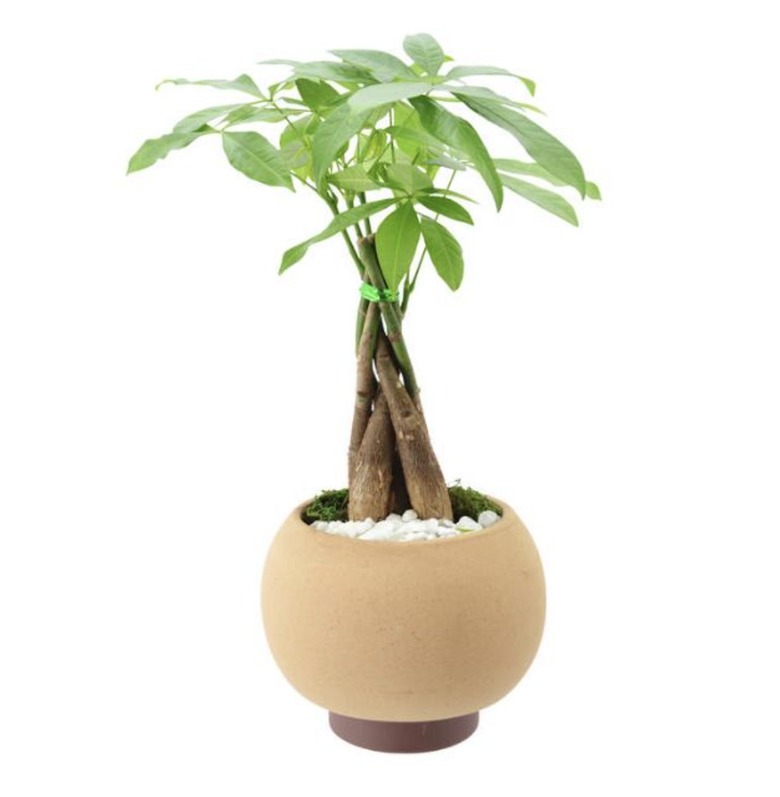What Are Money Trees? (And Where To Buy Them)
Plants can be a great addition to your home. Not only do they warm up the space and add a splash of color but they can also purify the air and maybe even bring you some luck. Yes, you read that right. If your home or your space needs a little boost, you might consider buying a money tree to turn things around.
What Are Money Trees?
What Are Money Trees?
Pachira aquatica, more commonly known as a money tree plant, is a broadleaf evergreen native to Central and South America. While this plant often goes by its common name (money tree), its other names include good luck tree, Malabar chestnut, Guiana chestnut, French peanut, and provision tree. First cultivated in Taiwan in the 1980s as a bonsai, the money tree quickly became a symbol of good fortune and prosperity. Undoubtedly, its popularity skyrocketed due in large part to feng shui practitioners who often brought the money tree into private spaces as a houseplant.
Incidentally, if luck and lush greenery are what you're looking for, money trees aren't the only game in town when it comes to feng shui. Fiddle leaf figs are thought to cultivate kindness, snake plants are believed to repel negative energy, and monstera plants symbolize upward growth and connection.
Braided Trunk Money Trees
Braided Trunk Money Trees
Braided trunks are a distinct feature of money trees, but as you might have guessed, this is not a natural feature of the plant. Typically, money tree trunks are braided together when the plant is still young and pliable. When twisted in place early enough, the plant will continue to grow with this eye-catching feature.
Beyond the obvious visual interest a braided trunk creates on the money tree plant, legend has it that the braids trap fortune within their folds. But the good fortune associated with the plant doesn't end there.
While the stalks of money tree plants typically have five leaves (said to represent the five elements of earth, fire, wind, water, and metal), finding a stalk with seven leaves is extremely rare, and so it is believed to bring incredible luck to the owner.
Can I Buy My Own Money Tree?
Can I Buy My Own Money Tree?
Because money trees are believed to bring good fortune and good luck, many people mistakenly believe that money trees can only be gifted. The truth is that it's not bad luck to buy your own money tree. Money trees are supposed to bring good luck to the owner regardless of how they come into your possession. January is considered the best time to buy a money tree since it's the start of a brand-new year. What better time to try to turn your luck around?
Are Money Trees Good for Beginners?
Are Money Trees Good for Beginners?
Money trees are hardy, tropical trees that make great indoor plants. They're relatively low maintenance, and like succulent plants, they can survive some degree of neglect, so they're great for beginners. Even better, money trees are pet-friendly, and according to a NASA study on indoor plants, money trees are one of the most effective filters for air pollutants in your home.
Where Is the Best Place for a Money Tree?
Where Is the Best Place for a Money Tree?
Money trees are partial to bright, indirect sunlight and moderate to high humidity. Ideally, you should place the tree in the southeast corner of the home for maximum effect. (Not that you'll wake up one day and be able to pluck dollar bills from it, but it couldn't hurt, right?)
How to Care for a Money Tree
How to Care for a Money Tree
While money trees thrive in humid environments, it's still a good idea to let the soil dry out between waterings. Like any plant, your money tree will let you know if you've overwatered it. Its distress will show up in the form of yellow leaves. Moreover, to avoid root rot when caring for your money tree, be sure that your plant is potted in sandy, peat-moss-based soil and that it lives in a ceramic pot with good drainage.
How Much Does a Money Tree Plant Cost?
How Much Does a Money Tree Plant Cost?
While the prices of plants and trees tend to vary by the grower, money trees typically range anywhere from $20 to $75 for small and medium-size trees, respectively. As you might expect, mature money trees will cost more, so if you want a more mature tree, budget for one somewhere north of $75.
Where Can I Buy a Money Tree?
Where Can I Buy a Money Tree?
If you're in search of a money tree for your home (or for one to give as a gift), you're in luck. Money trees are incredibly popular, so that means they're everywhere. Money trees are available at Amazon, Walmart, and every retailer in between. So, you should have no trouble finding one, whether you prefer to shop online or make an impromptu trip to your local nursery or big-box home store.
